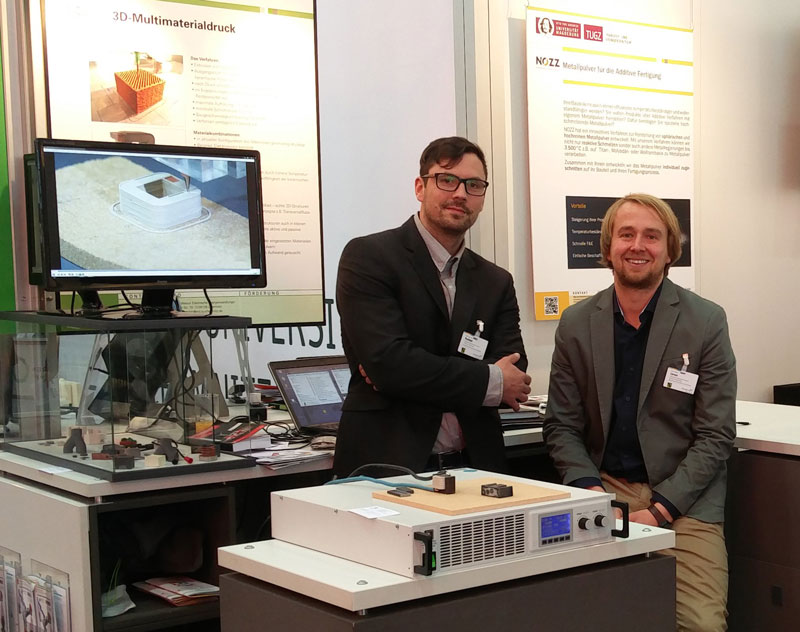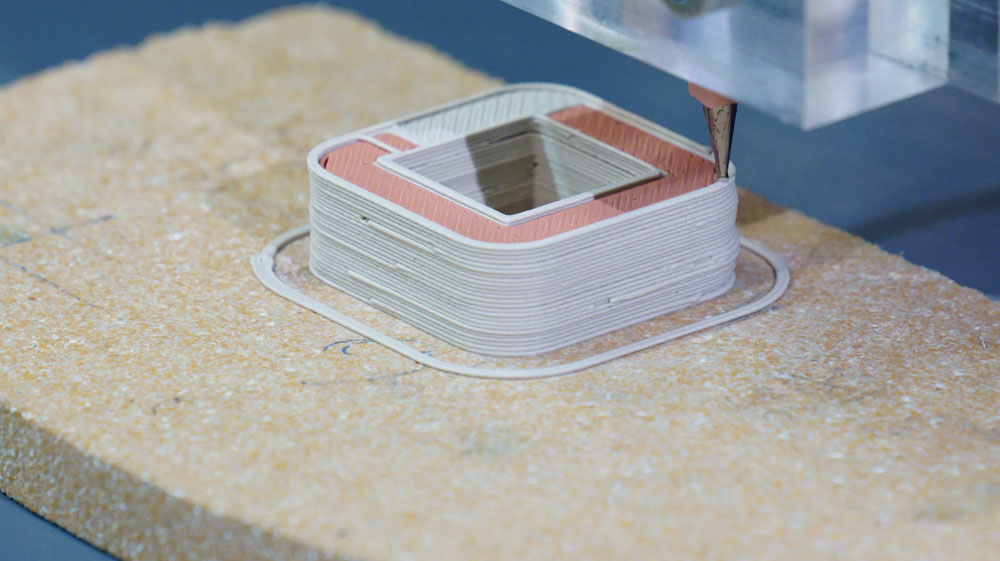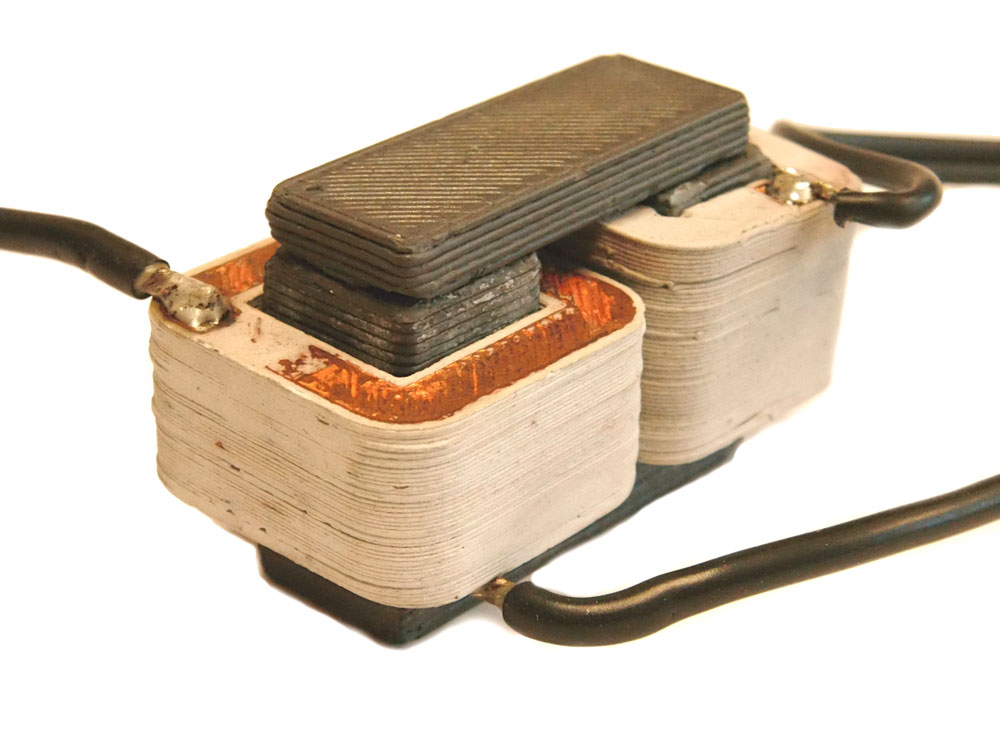Johannes Rudolph and Fabian Lorenz of the Technical University of Chemnitz, Germany have developed a unique multimaterial 3D printing process for making electric motors. The goal of the technique is to create motors with a greater overload capacity, so that electric powered machines and devices can run longer without getting damaged.
The first challenge was to prove that 3D printing could accurately replicate the properties of existing motors. Then, the researchers were required to optimize the design to open up new possibilities of the electrical interplay between ceramics and metals.

Finding a balance
Metallic and ceramic feedstock used by Rudolph and Lorenz was in the form of a paste. Naturally viscous, the researchers had to find a balance between the materials’ rheology, and their mechanical properties. They explain, “the flowability of the paste had to exist to be able to process these in an extrusion process. Adequate shape stability was also necessary to obtain the desired design after extrusion.”
Flowability, therefore, was induced by the addition of binder. In experiments, the team used a handmade extruder for deposition. Seeking further precision, they later installed ViscoTec print heads into a 3 axis 3D printer. ViscoTec’s heads enabled flow adjustment throughout the process, creating more evenly printed layers.

3D flexibility
To improve a motors’ overload capacity, cooling channels could be introduced into the internal geometry of key parts of the coil, increasing the power density. Other key power features, such as electrical windings and 3D magnetic fluxes, could also be added to the components in places previously inaccessible to conventional methods.
Rudolph and Lorenz state, “The process developed by us offers the possibility to achieve different material combinations of ceramics and metals in an additive production process, which cannot be achieved with current conventional production methods.”

Electric adoption
Key applications of these developments are especially poignant for the automotive industry, with the gradual decline of the combustion engine and international demand for cleaner fuels and transport.
The multimateriality of the device is also a pertinent development for the field of 3D printed electronics, and encouraging to the evolution of the technology as an “all-in-one” solution for fabrication.
For more of the latest 3D printing material developments, sign up to the 3D Printing Industry newsletter, like us on Facebook and follow us on Twitter.
Featured image shows TU Chemnitz’s YellowCar electric automotive demonstrator. Photo via TU Chemnitz.



